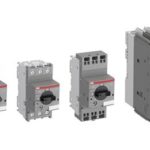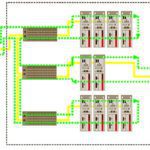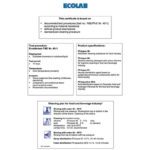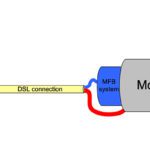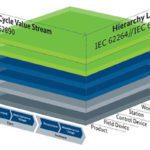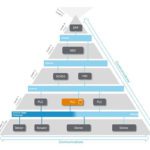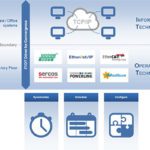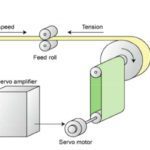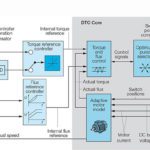A motor starter is an electronically operated switching device that starts or turns on a motor, allowing it to start and stop safely. The need for a starter is dictated by the type of motor. Generally speaking, low-power motors do not require starters, although what’s considered low power may be debatable. For instance, small dc […]
FAQs + basics
What is a gated index pulse for incremental encoders?
Incremental encoders typically use two square-wave signals in quadrature (out of phase by 90 degrees) to track position and direction of motion. But because they only track incremental position (not absolute position) they’re not able to determine the true position of the motor and connected equipment after a shut-down or power loss. So most incremental […]
What do bit rate, baud, and cycle time mean in industrial networks?
For industrial networks, two of the most important performance factors are determinism and speed. In other words, industrial networks must be able to deliver data in a specified, predictable period of time, and they need to do so as quickly as possible. When describing network speed, three specifications are typically used: bit rate, baud, and cycle […]
What is Ecolab certification for automation components?
In applications that involve wet or humid environments — especially those in the food and beverage industry — a component’s IP (International Protection) rating for ingress of dust and water is an important factor in its selection. But even if a component is rated as dust-proof and protected against the forceful water jets used during washdown […]
What are Hiperface and Hiperface DSL?
Position feedback is core to any servo application, and most rotary servo motors employ an integrated feedback device with a physical link back to the servo drive, allowing the drive to read the motor’s position and correct any errors between the commanded and actual positions. Two interfaces that facilitate the communication between the motor feedback […]
What are RAMI 4.0 and asset administration shells in the context of Industry 4.0?
Industry 4.0 — the intelligent networking of machines and processes for industry with the help of information and communication technology — was initiated by the German government in 2011 (referred to in the German language as Industrie 4.0). Since that time, the principles and technologies behind Industry 4.0 have been adopted to varying degrees by manufacturers […]
What is OPC UA and how does it compare with Industrial Ethernet?
In manufacturing processes and plants, multiple Industrial Ethernet protocols — such as EtherNet/IP, PROFINET, or EtherCAT — are used across different networks to meet specific topology requirements, communication speeds, or latency guarantees. And although these communication protocols are open, they’re often incompatible, resulting in fragmented networks that can’t “speak” to each other. OPC UA (Open […]
What is time-sensitive networking (TSN)?
Most Industrial Ethernet networks can provide hard real-time communication for multi-axis, synchronized motion control. But each one uses its own methods for time synchronization and data transmission to guarantee cycle times, latency, and jitter, making these networks incompatible with one another. Time-sensitive networking (TSN) sets out to solve the network compatibility problem by providing standard […]
What’s the difference between torque mode and velocity mode in servo control?
Servo systems are used when the application calls for precise control of position, velocity, or torque — or a combination of the three. Depending on the parameter being controlled, the servo system can be operated in torque mode, velocity mode, or position mode. Each mode requires control loops that allow the servo drive and controller […]
What is direct torque control (DTC) for AC induction motors?
Variable frequency drives control AC induction motors through one of several control schemes. Scalar control (also referred to as V/Hz or V/f control) varies both the voltage and frequency of power supplied to the motor to maintain a fixed ratio between the two. This keeps the strength of the magnetic field at a constant level […]

